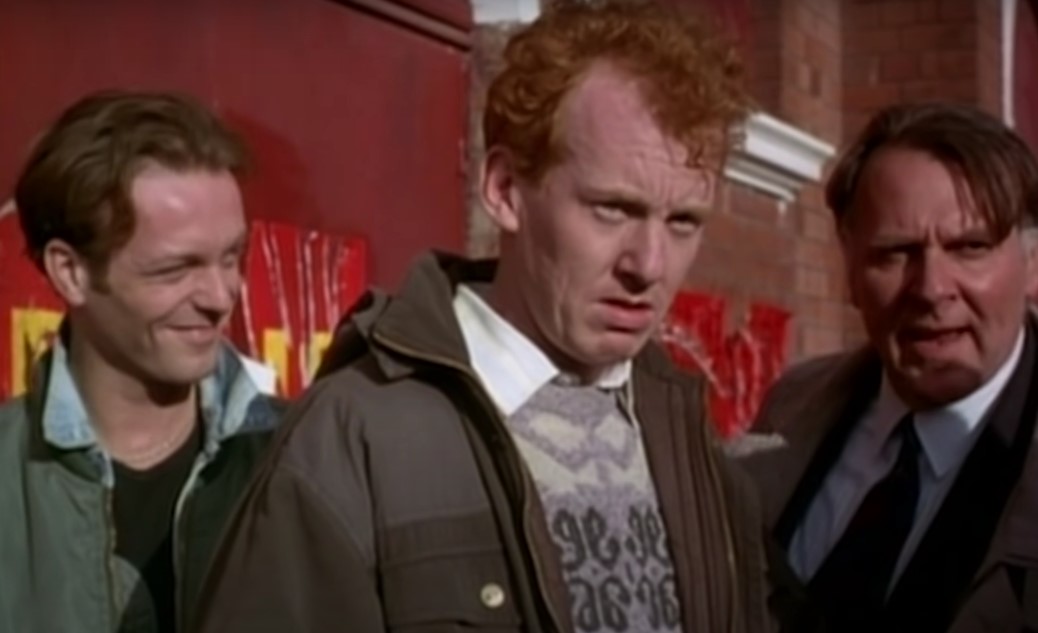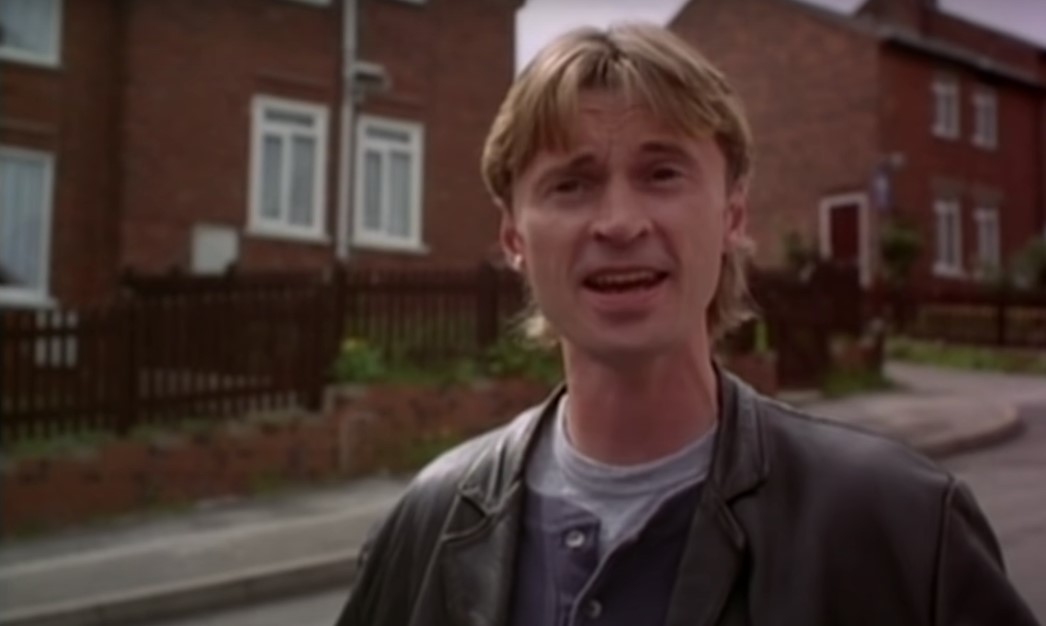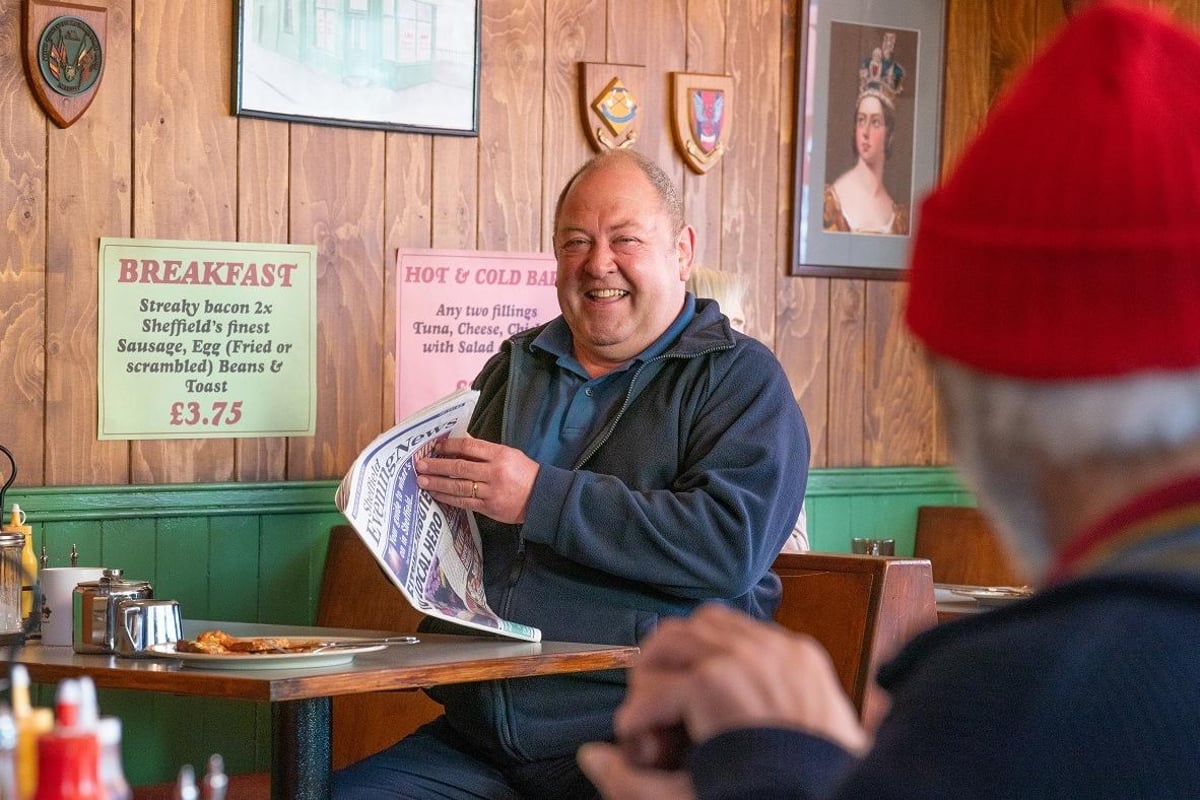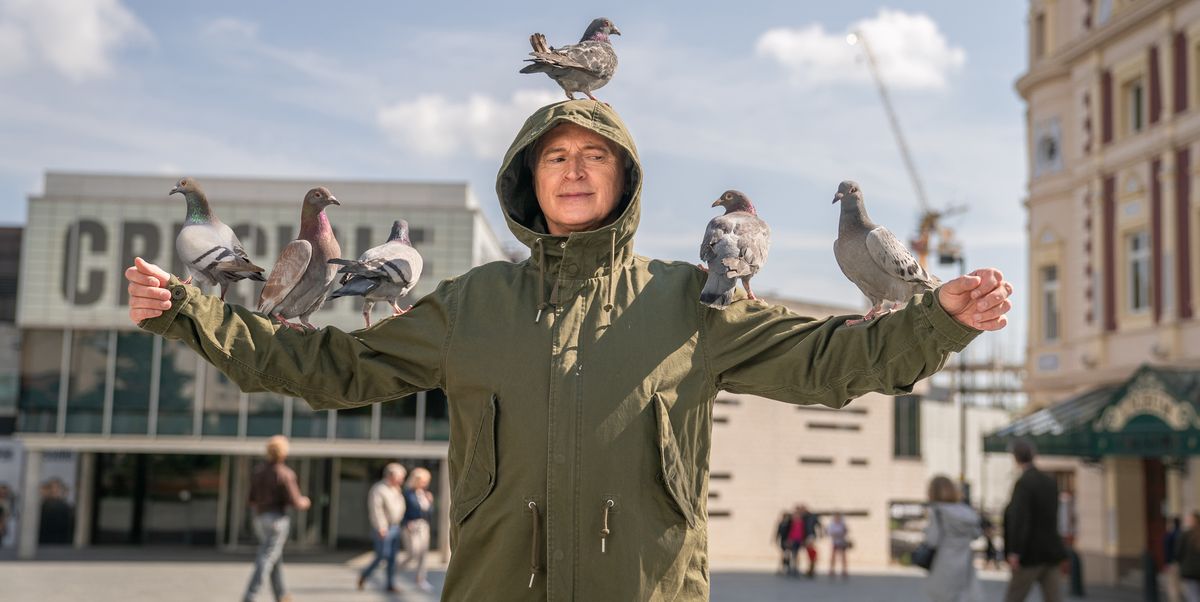When the comedy film ‘The Full Monty’ came out in 1997, it was a critical and commercial hit and earned three BAFTAs and one Academy Award. Since then, the Peter Cattaneo-directorial venture has come to be regarded as a classic and has been adapted into a 1998 novel by the British writer Wendy Holden, a 2000 Broadway musical (with Americanized plot and characters), a stage play by the original screenwriter Simon Beaufoy, a Portuguese-language Brazilian theatrical performance, and the annual ITV Special ‘The Real Full Monty’ (to raise awareness about prostate cancer and testicular cancer).
The FX on Hulu (in the US) and Disney+ series serves as a direct sequel to the original film. The 1997 movie revolves around a group of former steel mills workers in Sheffield, South Yorkshire, England, who struggle to make a living after the mills shut down. Inspired by the Chippendales’, they decide to create their own striptease act. In the sequel series, 26 years or “seven prime ministers” and “eight northern regeneration policies later,” things are as bleak as ever.
Serving as the series creators, Beaufoy and his writing partner Alice Nutter have ensured that the themes of the 1990s film — unemployment, working-class culture, fathers’ rights, homosexuality, impotence, body image, suicide, and depression — can be found in the show. If that has made you wonder whether ‘The Full Monty’ is inspired by true events, we got you covered.
The Full Monty: Fiction Inspired by Reality
‘The Full Monty’ is not based on a true story, though it has elements of reality embedded in it. In the mid-1990s, Beaufoy spent some time in Sheffield after his girlfriend was injured and hospitalized. His experience in the dilapidating town informed the script of the film. “It was a city literally being demolished in front of my eyes; there was a sort of grim theatricality to watching the wrecking ball take down another steel mill,” Beaufoy recalled in an interview with The Guardian.

“Fifteen years of the Conservatives’ determination to allow heavy industry to collapse had left the north of England devastated. Men who had done the same job as their father and grandfather were now in a sort of shock, at a loss as to what to do with their lives, unsure of their place in the world.” Beaufoy was not interested in putting the male strippers in the script at first. That changed after producer Uberto Pasolini asked him what happened to the British man that he took his clothes off for money, likely referring to the Chippendales. This solidified the idea of the film for Beaufoy.
“Suddenly, everything clicked,” Beaufoy explained. “I thought: what if we put it in the context of what was happening in Sheffield? What if we made taking your clothes off a metaphor for desperation, a loss of identity that working-class men from the steelworks had had stripped away from them by a government that appeared indifferent to the effects of their policies? Suddenly, we had comedy, politics and pathos all coalescing.”

According to Beaufoy, there were lucrative offers for a sequel after the success of the film, but he held it off until decisions made by successive governments landed the country in the same place as before, and Beaufoy decided that it was time to return to Sheffield. He was also waiting for what he calls the rebirth of TV. Developing the sequel as a TV show gave him the opportunity to underscore both the bad and the good of the 2020s. “The shift in gender and sexuality expectations has completely changed since the original film,” Beaufoy said.
He added, “In the movie we had to cut away just before the two gay characters kiss and now we have these two gay characters married so long they’re sick of each other. How great is that? We’re not interested in their sexuality, so much as the fact that one of them has secretly spent 50 grand out of the joint account on a racing pigeon!” Beaufoy subsequently approached Nutter, whom he had worked with for years, and they began working on the project.

The two admitted to the same outlet that they had as many misgivings as anyone else about revisiting these characters, stemming from the question involving how to make them relevant in the modern setting. Also, speaking to The Guardian, Nutter drew a comparison between the messages in the original film and their show and the music of Chumbawamba, a rock band she was once part of. “When all else fails, you need community and DIY to save yourself and the people around you,” Nutter said.
Nutter continued, “With the welfare safety net being scrapped, the original ethos of the film was utterly salient to now and we knew we could carry that through. And we also knew that we could do this without repeating ourselves and having the Monty men taking their clothes off.” The title of both the film and the show is British slang which means performing completely nude, at least in this context.

In 1998, New Zealand playwrights Andrew McCarten and Stephen Sinclair sued the film’s producers, which they claimed was a plagiarised version of their 1987 play, ‘Ladies Night.’ After the producers of ‘The Full Monty’ claimed that the projects were different, McCarten and Sinclair reportedly set up a website and uploaded their play there. Eventually, co-producer Paul Bucknor received the underlying rights to the film. The involved parties settled the lawsuit out of court, and the website was reportedly taken down.
Though it is technically a sequel, Beaufoy doesn’t seem to define the show in such a manner. “This isn’t a sequel, it’s a completely different approach, a return to their lives where they’ve got children and grandchildren and new friends and acquaintances,” he told Total Film. So, to sum it all up, both renditions of ‘The Full Monty’ are works of fiction, even though they address realistic themes.
Read More: Where is The Full Monty Filmed?


You must be logged in to post a comment.